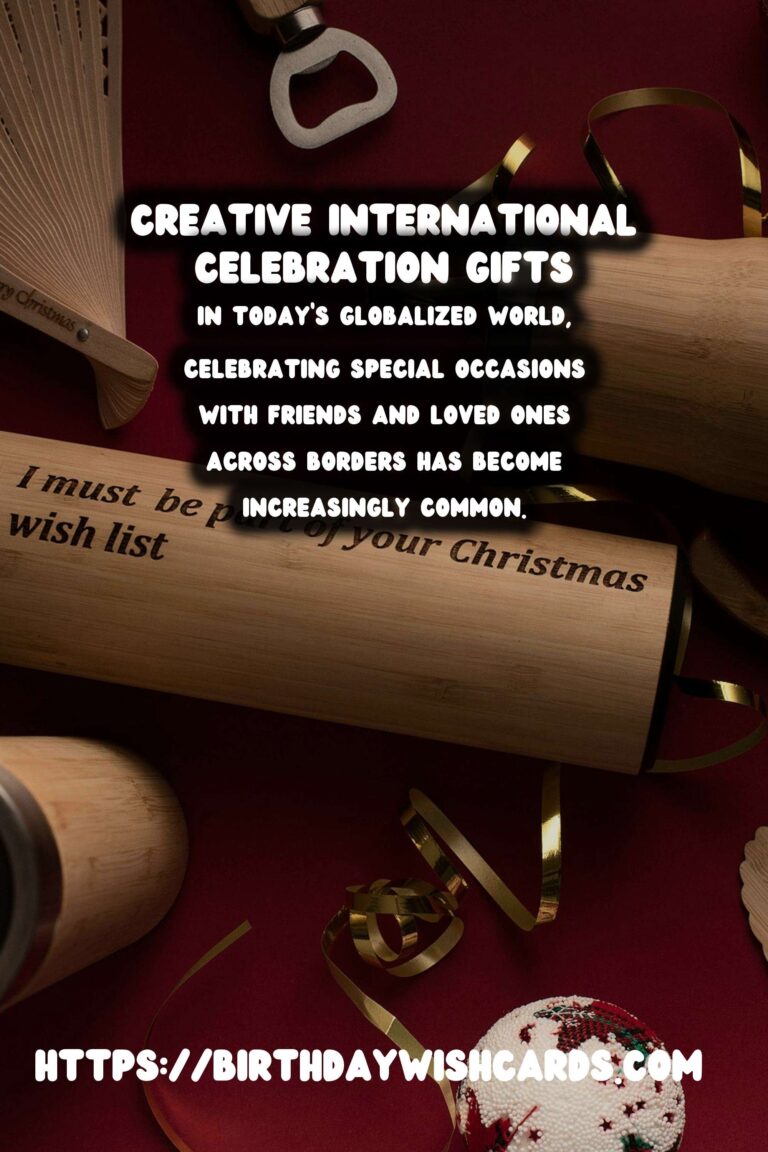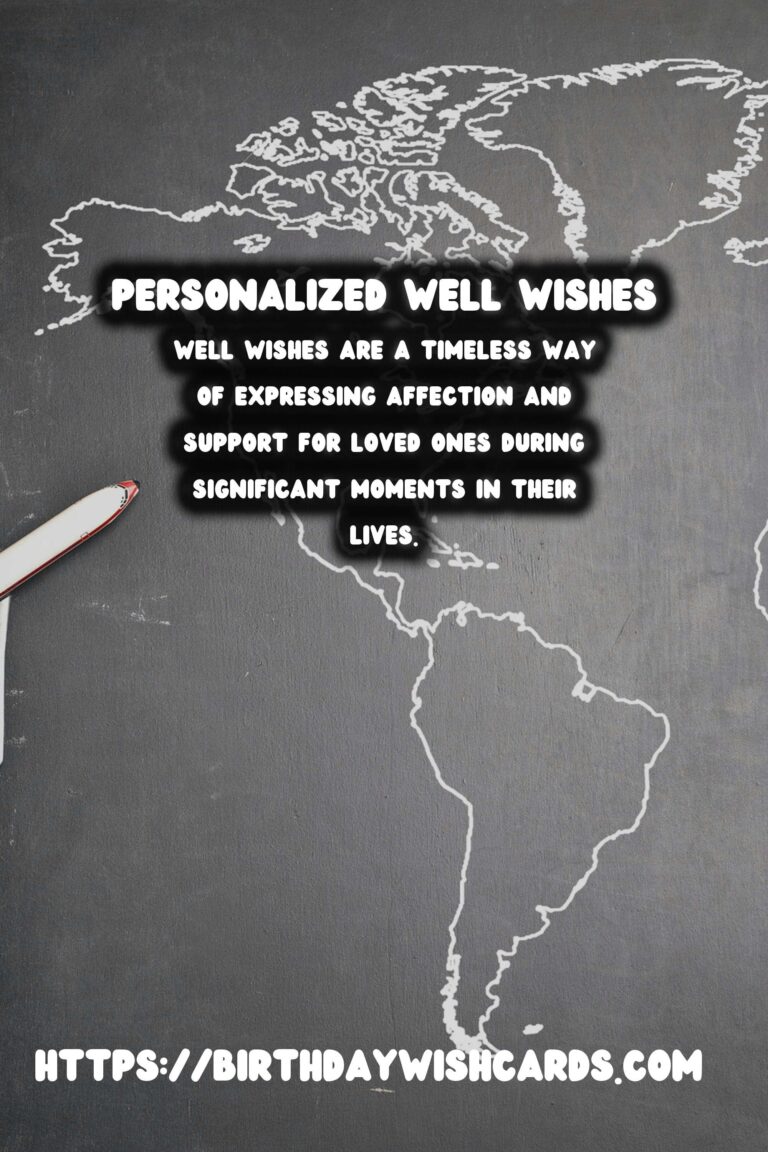How to Plan a Festival Guide That Sparks Joy
How to Plan a Festival Guide That Sparks Joy
Planning a festival can be a daunting yet exhilarating endeavor. Whether it’s a music festival, food festival, or cultural celebration, the goal is to create an unforgettable experience that brings joy to everyone involved. In this guide, we’ll walk you through essential steps and tips to ensure your festival planning process is smooth, stress-free, and ultimately joyful.
Understanding the Purpose of Your Festival
The first step in planning a festival is to define its purpose. What is the main goal? Is it to celebrate a specific culture, showcase local talent, or bring the community together? Having a clear purpose will guide your decision-making process. Here are some key considerations:
- Community Engagement: How can you involve the community in your festival?
- Themes and Ideas: What overarching themes resonate with your audience?
- Target Audience: Who do you want to attract to your festival?
Setting a Budget
Creating a budget is crucial for any festival planning. Your budget will determine the scale and scope of your event. Here are some steps to help you create an effective budget:
- List All Expenses: Include venue rentals, permits, marketing, entertainment, and services.
- Estimate Income: Consider ticket sales, sponsorships, and vendor fees.
- Contingency Fund: Reserve a portion of your budget for unexpected expenses.
Choosing a Venue
The venue plays a significant role in the atmosphere of your festival. Factors to consider when selecting a venue include:
- Capacity: Ensure the space can accommodate attendees comfortably.
- Accessibility: Choose a location that is easy to access via public transportation and has adequate parking.
- Amenities: Look for venues that provide necessary facilities, including restrooms, electricity, and stages.
Selecting Dates and Times
The timing of your festival is critical for its success. Consider the following tips when choosing dates and times:
- Seasonality: What time of year is best for outdoor festivals?
- Avoid Conflicts: Research local events to avoid scheduling clashes.
- Duration: Decide whether it will be a one-day event or spread over multiple days.
Creating a Schedule of Events
A well-structured schedule can enhance attendee experience. Here are tips for creating an engaging event schedule:
- Diverse Activities: Offer a variety of activities to cater to different interests.
- Timing: Ensure events are spaced out to prevent overcrowding.
- Special Guests: Consider inviting well-known personalities to draw in crowds.
Marketing Your Festival
Effective marketing is essential to ensure your festival reaches a broad audience. Here are strategies to promote your event:
- Social Media: Utilize platforms like Instagram, Facebook, and Twitter to create buzz.
- Email Campaigns: Send newsletters to inform your audience about the event.
- Local Partnerships: Collaborate with local businesses for cross-promotion.
Vendor and Sponsorship Management
Securing vendors and sponsors is crucial for the festival’s financial and experiential success. Here are tips for managing this aspect:
- Vendor Selection: Curate a list of vendors that align with your festival’s theme.
- Sponsorship Tiers: Offer different sponsorship levels to attract various businesses.
- Contracts: Ensure all agreements are documented to avoid misunderstandings.
Logistics and Operations
Proper logistics management can make or break a festival. Here are vital logistics to consider:
- Permits and Licenses: Ensure that all required paperwork is completed well in advance.
- Security: Prioritize the safety of attendees with adequate security measures.
- Staffing: Recruit volunteers or hire staff to manage different aspects of the festival.
Creating a Positive Experience
To truly spark joy at your festival, focus on creating memorable experiences for attendees. Here are ideas:
- Customer Service: Train your staff to be welcoming and helpful.
- Interactive Activities: Engage the audience with hands-on experiences.
- Feedback: Collect attendee feedback to improve future events.
Post-Festival Wrap-Up
After the festival, it’s essential to evaluate its success and plan for the future. Here are some steps:
- Financial Review: Analyze whether the festival met its budget goals.
- Surveys: Send out surveys to gather attendee experiences and suggestions.
- Celebration: Recognize and celebrate the hard work put into planning the festival.
Conclusion
Planning a festival that sparks joy is an intricate process, but with careful planning and consideration, you can create an event that resonates with your audience. Follow these steps to ensure your festival is a joyous celebration that people will remember for years to come!
Planning a festival can be a daunting yet exhilarating endeavor.
In this guide, we’ll walk you through essential steps and tips to ensure your festival planning process is smooth, stress-free, and ultimately joyful.

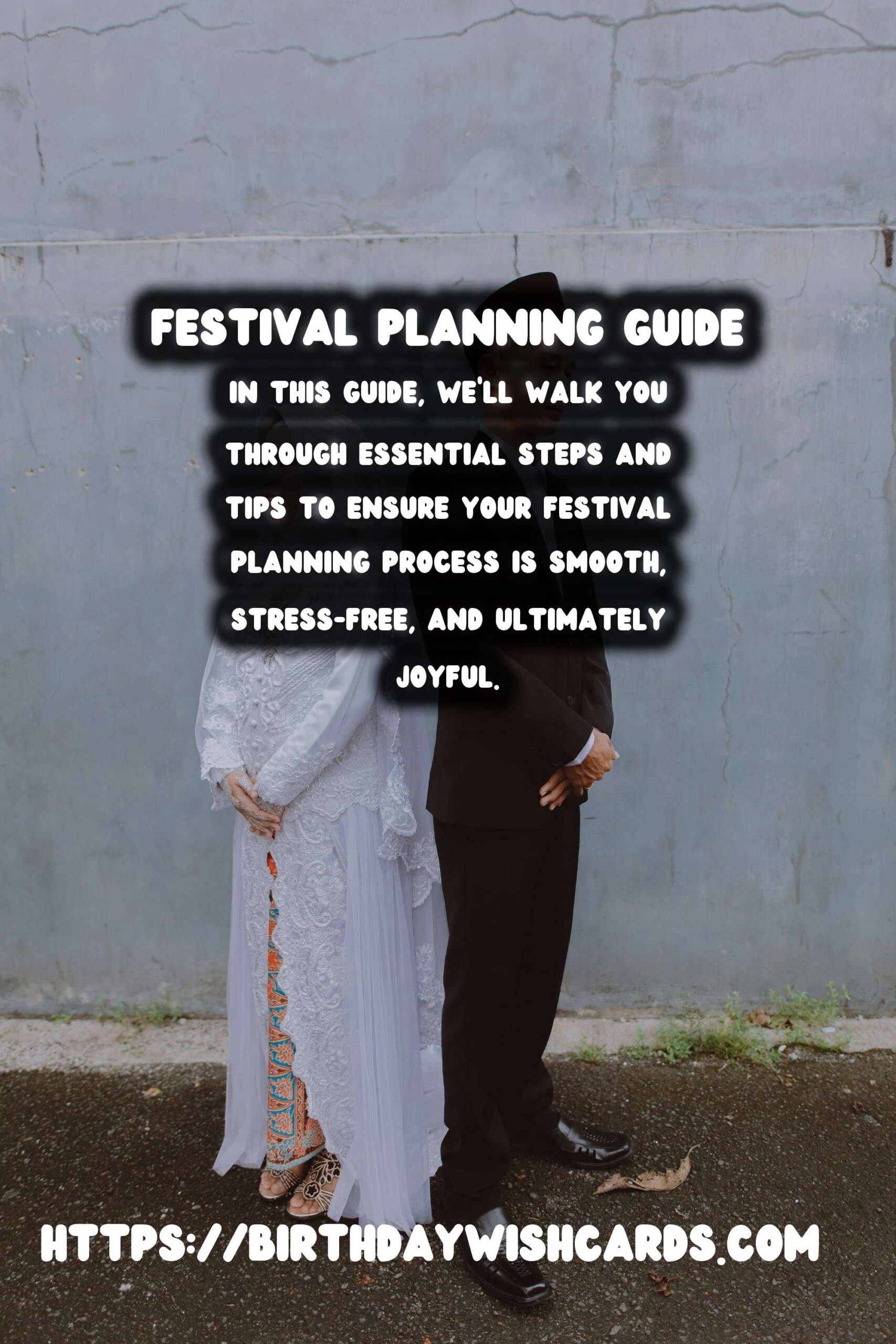
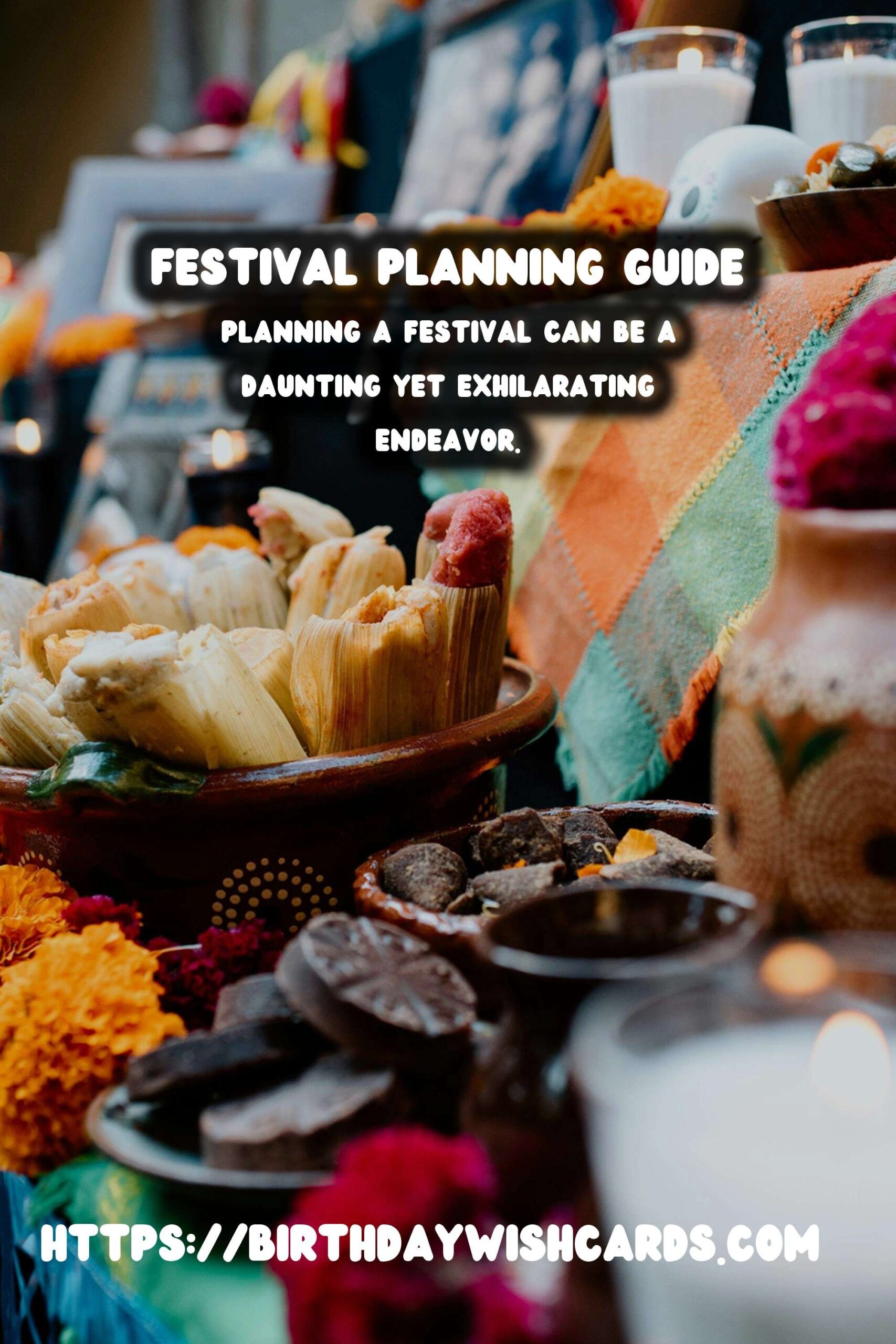
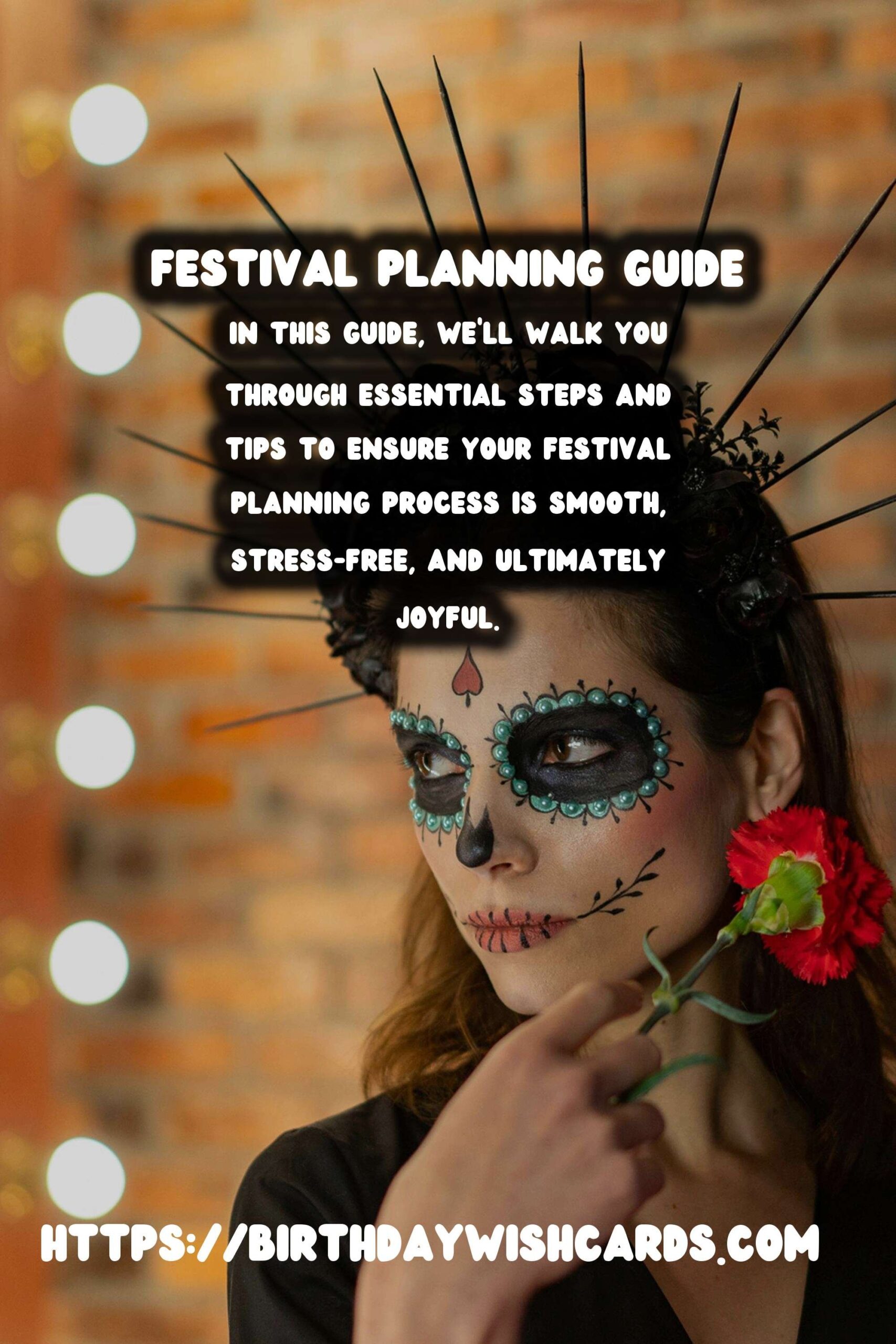



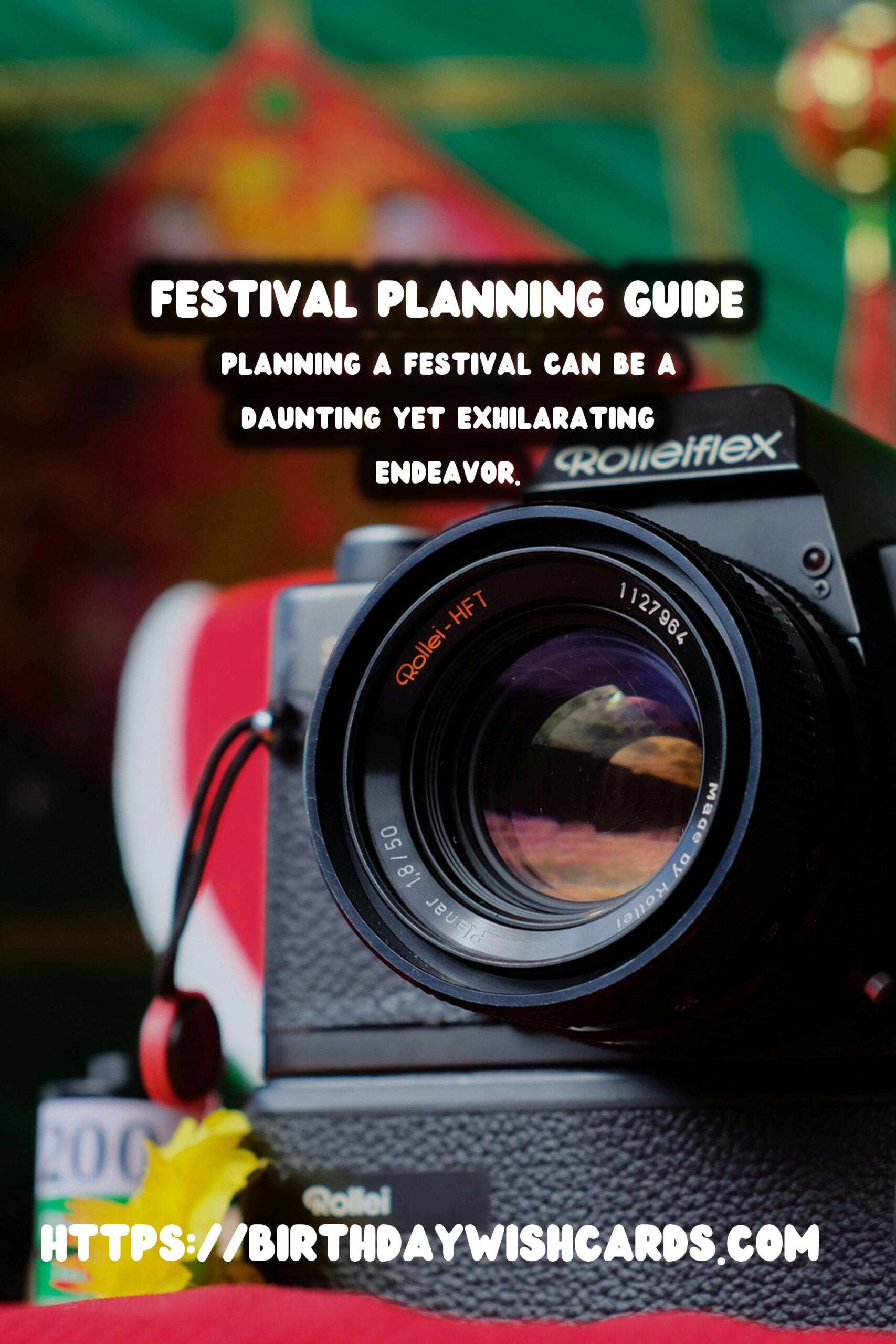
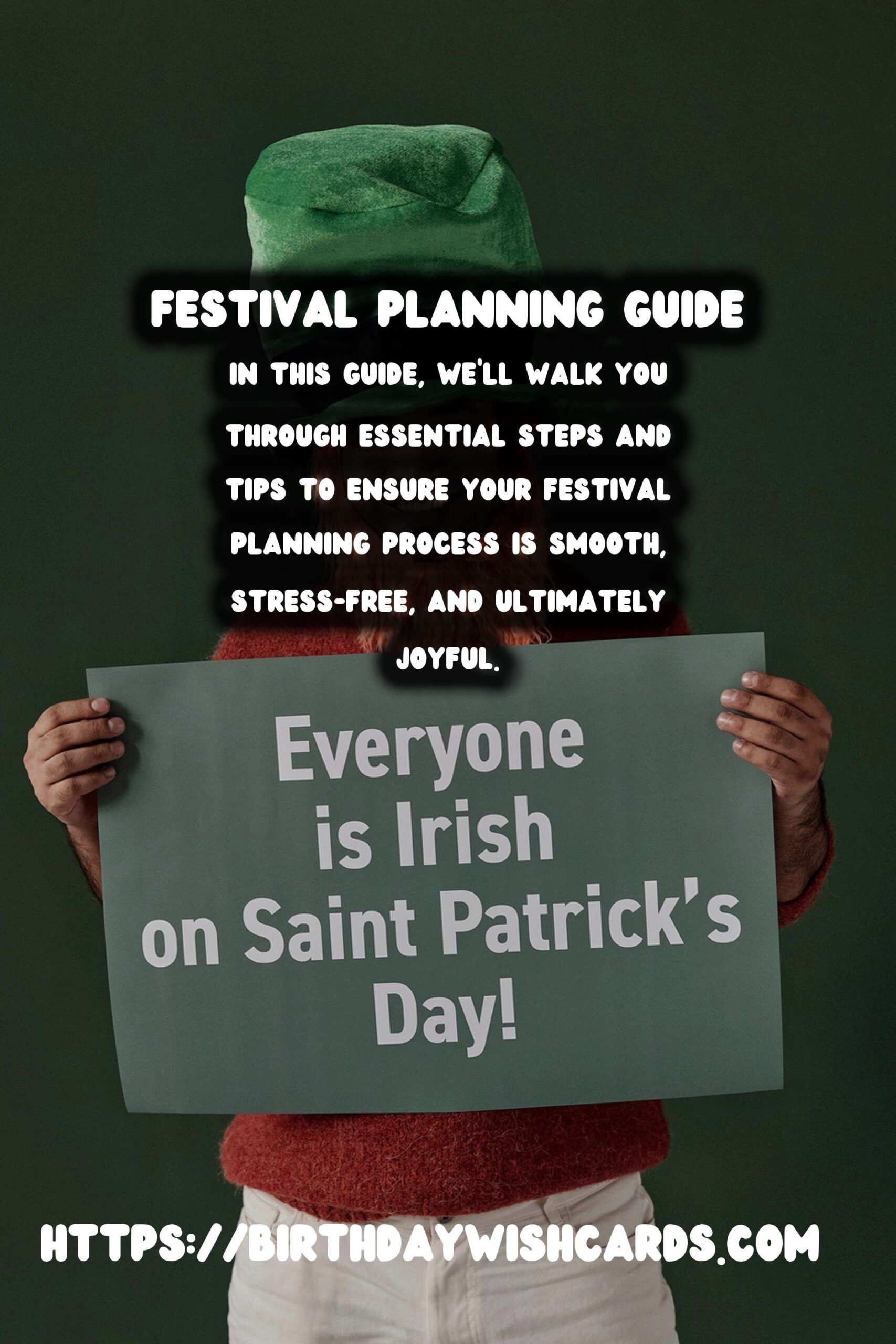

#FestivalPlanning #EventManagement

